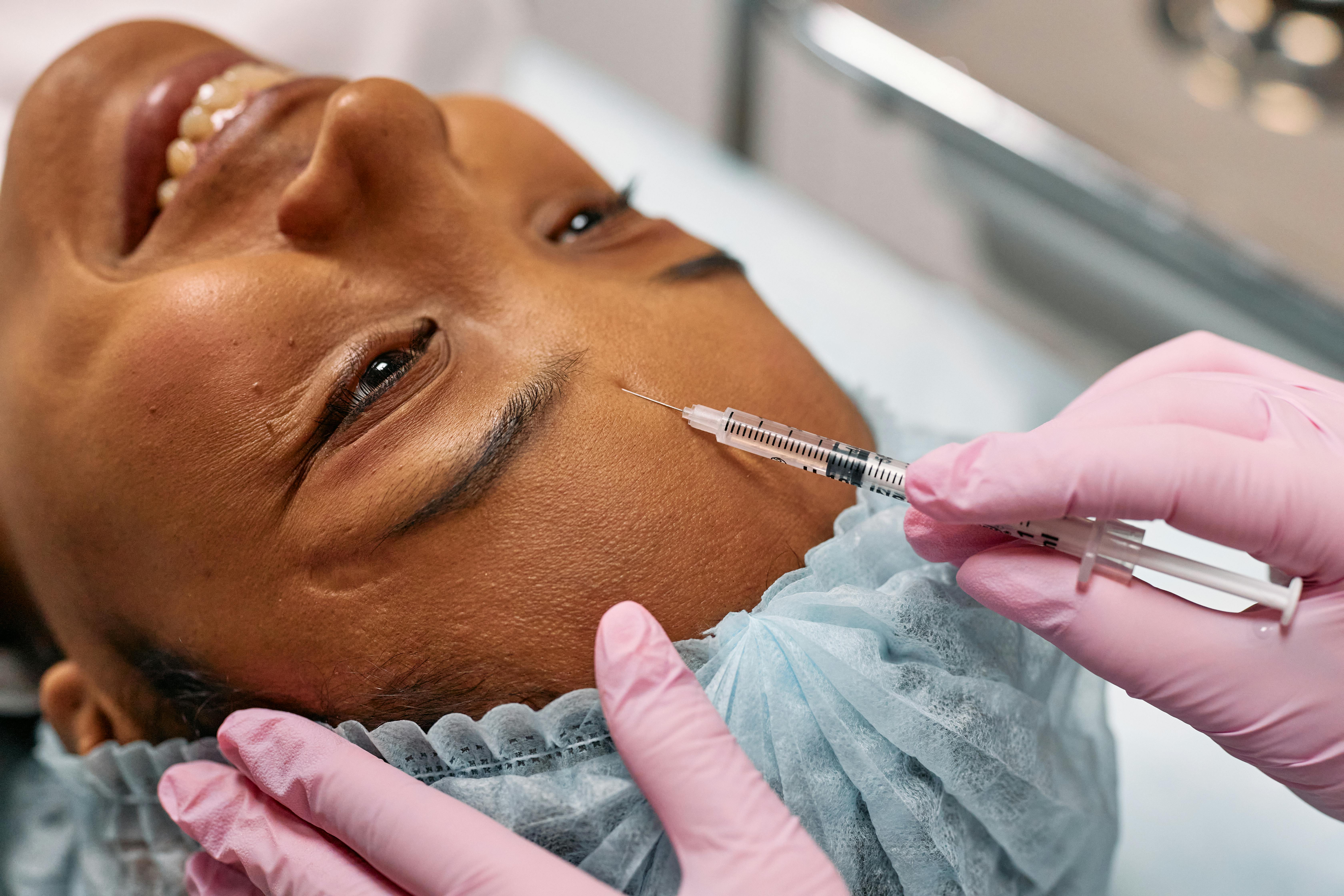Arthritis Injections: Complete Treatment Guide
Arthritis affects millions of people worldwide, causing joint pain, stiffness, and reduced mobility that can significantly impact daily life. While oral medications and physical therapy remain important treatment options, arthritis injections have emerged as an effective therapeutic approach for many patients. These targeted treatments deliver medication directly to affected joints, often providing faster and more localized relief than traditional systemic treatments.

Understanding Arthritis Injections: Types, Benefits, and What to Expect
Arthritis injections encompass several different treatment modalities, each designed to address specific aspects of joint inflammation and pain. The most common types include corticosteroid injections, hyaluronic acid injections, and platelet-rich plasma (PRP) therapy.
Corticosteroid injections, often called steroid shots, contain powerful anti-inflammatory medications that can provide rapid relief from joint swelling and pain. These injections work by suppressing the immune system’s inflammatory response within the targeted joint. The effects typically last several weeks to months, depending on the individual patient and the severity of their condition.
Hyaluronic acid injections, sometimes referred to as viscosupplementation, aim to restore the natural lubricating properties of synovial fluid within joints. This treatment is particularly common for knee osteoarthritis, where the natural hyaluronic acid has broken down over time. The injection helps improve joint mobility and reduce friction between bone surfaces.
A Patient’s Guide to Arthritis Injection Therapies and Key Considerations
Before considering arthritis injection therapy, patients should understand the evaluation process and what makes them suitable candidates. Healthcare providers typically recommend injections when oral medications haven’t provided adequate relief, when patients experience significant functional limitations, or when they want to avoid potential side effects of long-term oral medication use.
The injection procedure itself is usually performed in a doctor’s office or outpatient clinic. After cleaning the injection site, the healthcare provider may use ultrasound guidance or anatomical landmarks to ensure accurate needle placement. Local anesthesia is often applied to minimize discomfort during the procedure.
Recovery expectations vary depending on the type of injection received. Corticosteroid injections may provide relief within 24-48 hours, while hyaluronic acid treatments might take several weeks to show full benefits. Patients are typically advised to avoid strenuous activity for 24-48 hours following the injection and to monitor for any signs of infection or unusual swelling.
Injections for Arthritis: A Practical Overview of Available Treatments
Beyond traditional corticosteroid and hyaluronic acid treatments, newer injection therapies continue to expand treatment options for arthritis patients. Platelet-rich plasma therapy uses the patient’s own blood components to potentially stimulate healing and reduce inflammation. While research is ongoing, many patients report improved function and reduced pain following PRP treatments.
Stem cell injections represent another emerging treatment option, though they remain largely experimental and are not widely covered by insurance plans. These treatments aim to promote tissue regeneration and repair damaged cartilage, potentially slowing arthritis progression.
The choice of injection therapy depends on several factors including the type of arthritis, joint location, patient age, overall health status, and previous treatment responses. Rheumatoid arthritis patients may respond differently to treatments compared to those with osteoarthritis, requiring individualized treatment approaches.
Most patients can expect to receive injections every three to six months, though frequency varies based on treatment type and individual response. Healthcare providers monitor patients closely to assess treatment effectiveness and watch for potential side effects such as temporary pain flare-ups, infection risk, or in rare cases, tendon weakening with repeated corticosteroid use.
| Treatment Type | Average Cost Range | Duration of Relief | Typical Frequency |
|---|---|---|---|
| Corticosteroid Injection | $100-$300 per injection | 6-12 weeks | Every 3-4 months |
| Hyaluronic Acid Injection | $500-$1,500 per series | 3-6 months | Every 6 months |
| PRP Therapy | $500-$2,000 per treatment | 3-12 months | Every 6-12 months |
Prices, rates, or cost estimates mentioned in this article are based on the latest available information but may change over time. Independent research is advised before making financial decisions.
Treatment Success and Long-term Considerations
Success rates for arthritis injections vary significantly among patients and treatment types. Studies suggest that 60-80% of patients experience meaningful pain relief from corticosteroid injections, while hyaluronic acid treatments show effectiveness in approximately 50-70% of patients with knee osteoarthritis.
Long-term management often involves combining injection therapy with other treatments such as physical therapy, weight management, and appropriate exercise programs. This comprehensive approach helps maximize treatment benefits and may extend the time between necessary injections.
Patients should maintain realistic expectations about injection therapy outcomes. While many experience significant improvement in pain and function, injections are not a cure for arthritis and typically provide temporary relief that requires ongoing management.
Arthritis injection therapy offers valuable treatment options for patients seeking targeted relief from joint pain and inflammation. With proper medical guidance and realistic expectations, these treatments can significantly improve quality of life and help patients maintain active lifestyles. Working closely with healthcare providers ensures the most appropriate treatment selection and optimal outcomes for individual patient needs.
This article is for informational purposes only and should not be considered medical advice. Please consult a qualified healthcare professional for personalized guidance and treatment.




